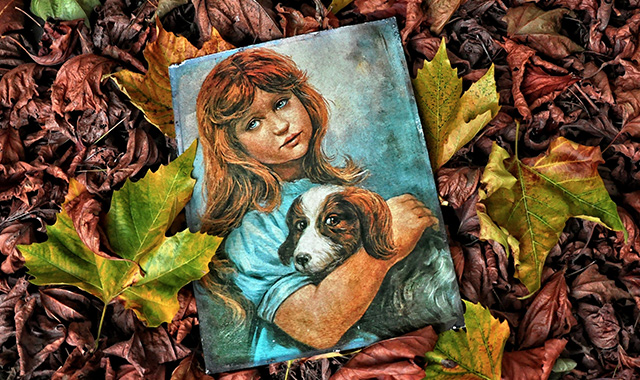As observed by William Wordsworth, “Poetry is the spontaneous overflow of powerful feelings; it takes its origin from emotion recollected in tranquility.” With this viewpoint, poems come from the heart and are fundamental expressions of emotions and feelings.
Creating Beautiful Poems
Perhaps unsurprisingly, not everyone agrees with Wordsworth. For example, T.S. Eliot argued that all writing is intellectually driven and should be impersonal — devoid of feelings and emotion. Who do you think is right?
Of course, another view is that with true creativity, there are “no boundaries” with poetry or other forms of writing. This open-ended perspective can lead poets to “dream” and “fantasize.” Are poets just dreamers or are they creative geniuses?
Regardless of answers to the perpetual questions about the “true role” of poetry, most poets would love to see their poems have a long-term impact. In an increasingly visual world, adding illustrations for poems is a creative solution that can make this a practical reality.
Breaking Poetry Barriers
Despite Lenore Kandle’s assessment — “There are no barriers to poetry; they are by their nature barrier-breakers, bursts of perception, lines to infinity” — in actuality there are significant barriers that can keep poetry from advancing. For example, in a 2006 survey, 2 percent of Americans said poems were “too hard” while 54 percent claimed to have “no interest” in poetry.
How can these barriers be overcome? The use of poems with illustration might not be the only way to remove predispositions that often prevent enjoyment, learning and even reading of poetry — but creative poets should take a long look at the potential benefits of illustrations.
After all, poetry is truly an engine of creativity — why not add another creative layer through effective imagery? Just as appropriate photos, charts, graphs or other images typically increase readership of articles, illustrated poems usually enjoy higher readership. Poetry illustrations can be a worthy first step for any poet or book and poem publishing companies wanting a larger audience.
A Beacon of Light for Poem Illustration
Contemporary poetry is not the only beneficiary of illustrations for poems. “Twinkle, Twinkle, Little Star” (lyrics from Jane Taylor’s 19th century poem, “The Star”) is one particularly shining example of a lullaby that has enjoyed popularity due to a helping hand from creative illustrations in multiple books.
Poems for kids provide dual benefits for a poet when thoughtful illustrations are added. First, parents and teachers — usually cited as the most influential persons during formative years for youngsters — will be attracted to a combination of words and images for reaching younger minds. Second, children will often find it easier to learn poetry when associating new words with impactful illustrations.
Illustrated poems can also facilitate poem publishers in reaching both poetry readers and non-readers. Images can serve as a “visual cue” that draws potential readers in for a “closer look.”
Whatever you want to write a poem about, don’t forget to think about illustrations that will give your poetry more readers and a longer life. Where should poetry publishers start when seeking effective illustrations for poems? Make Artwork Abode your first stop and your illustration journey will be a rewarding one.
– Artwork Abode



